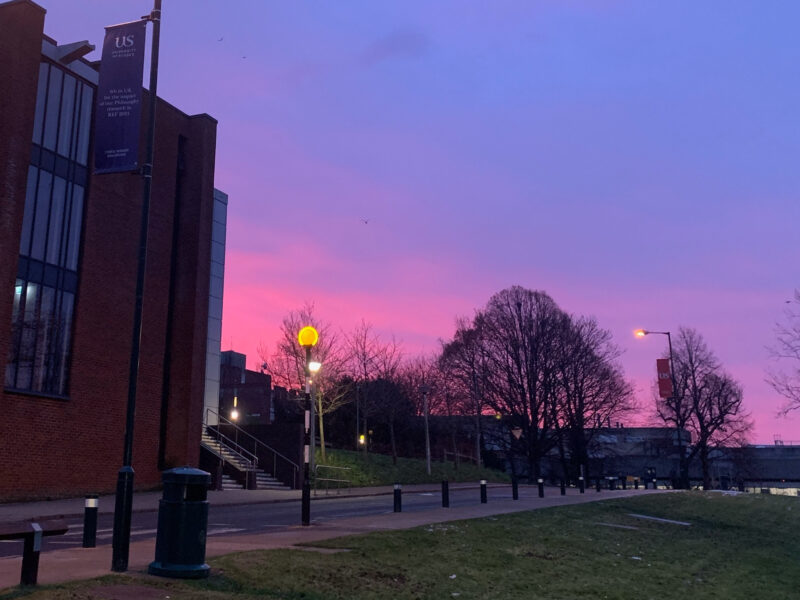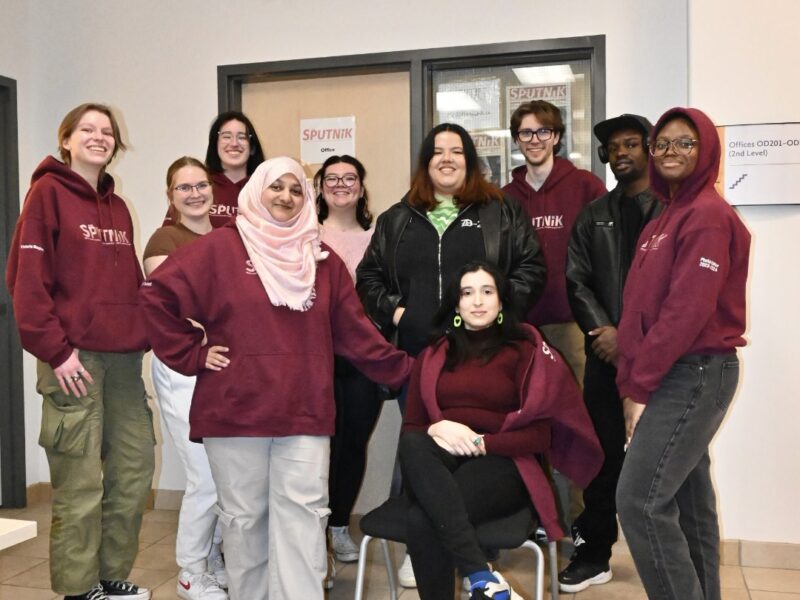Serena Anagbe / Photo Editor
Green space, a leaf in a park.
Imagine you are walking in a forest. The lush green leaves of a tree rustle as a gentle breeze blows. You can hear the animals off in the distance as you breathe in the fresh scent of the earth. Except, this forest is just a tree in the middle of a sidewalk surrounded by concrete skyscrapers. In actuality, the beautiful forest is many kilometres away in a place you can only reach if you are privileged enough to have the time or the means to get there.
Green space is not something most people typically think about daily. With Nature Canada reporting that 82 per cent of Canadians live in urban centres, most people don’t even interact with nature daily, except for the pigeons that dominate city sidewalks.
Inequitable access to green spaces has a major role in perpetuating social and economic inequalities within certain communities. This is especially prevalent among racialized communities, where access to green space is either limited or the quality of the accessible green space is poor. Green spaces ensure a more healthy and resilient quality of life and influence many aspects of our well-being.
Green space is a tool that is used to address complex issues, such as climate change and poor economic and health outcomes. According to a 2015 Toronto Public Health report, having access to green spaces can greatly reduce the severity and rates of chronic illnesses. They are especially important for mitigating symptoms of mental illness and obesity as more green spaces promote increased physical activity, lower levels of stress and increased access to healthy foods.
Besides the impacts on health, green spaces have consequences on social and economic outcomes in communities. Green spaces can be used to lessen the harm caused by climate change by reducing heat islands, improving air quality, protecting against floods and reducing noise pollution. Additionally, the more time spent with other members of the community within green spaces leads to higher social inclusion, cohesion and security. More importantly, a study by Dominic J. Morales linked higher property values with a higher prevalence of greenery in neighborhoods.
BIPOC (Black, Indigenous and people of colour) communities, especially those from low-income backgrounds, stand to benefit the most from an increased access to green space but statistically have the least amount of access to quality green space. Even if people from racialized low-income backgrounds gain access to green spaces, their experiences in these spaces can be uncomfortable. The environmental justice movement is largely dominated by the white middle class that does not reflect the diverse communities that face the repercussions of environmental exclusion.
For example, a trip to the cottage in Muskoka to go fishing or hang out by the campfire is not an experience many people of colour can relate to. A 2020 study by Public Heath England states that certain groups report experiences of racism, fears of being bullied, feeling unwelcome or out of place and not having the cultural background of spending time in nature. The idea of a relaxing day in the park could be a pleasant experience for some, but for others, it is a stressful and ostracizing experience. The experience of Christian Cooper is a prime example, as a white woman called the cops on him while he was birdwatching in New York City’s Central Park in 2020.
With increased population density in urban cities, positive action is needed more than ever to challenge the decreasing rates of access to green space. Groups like Diverse Nature Collective, Colour the Trails, Nurrait | Jeunes Karibus and Brown Girl Outdoor World are all empowering BIPOC people to take up space in nature by building community. Establishing normative practices and values of restorative environmental justice is essential for improving the relationship that racialized people have with the natural world. Green space should not be a luxury, but a necessity to ensure a legacy of resilience for the people affected most.




